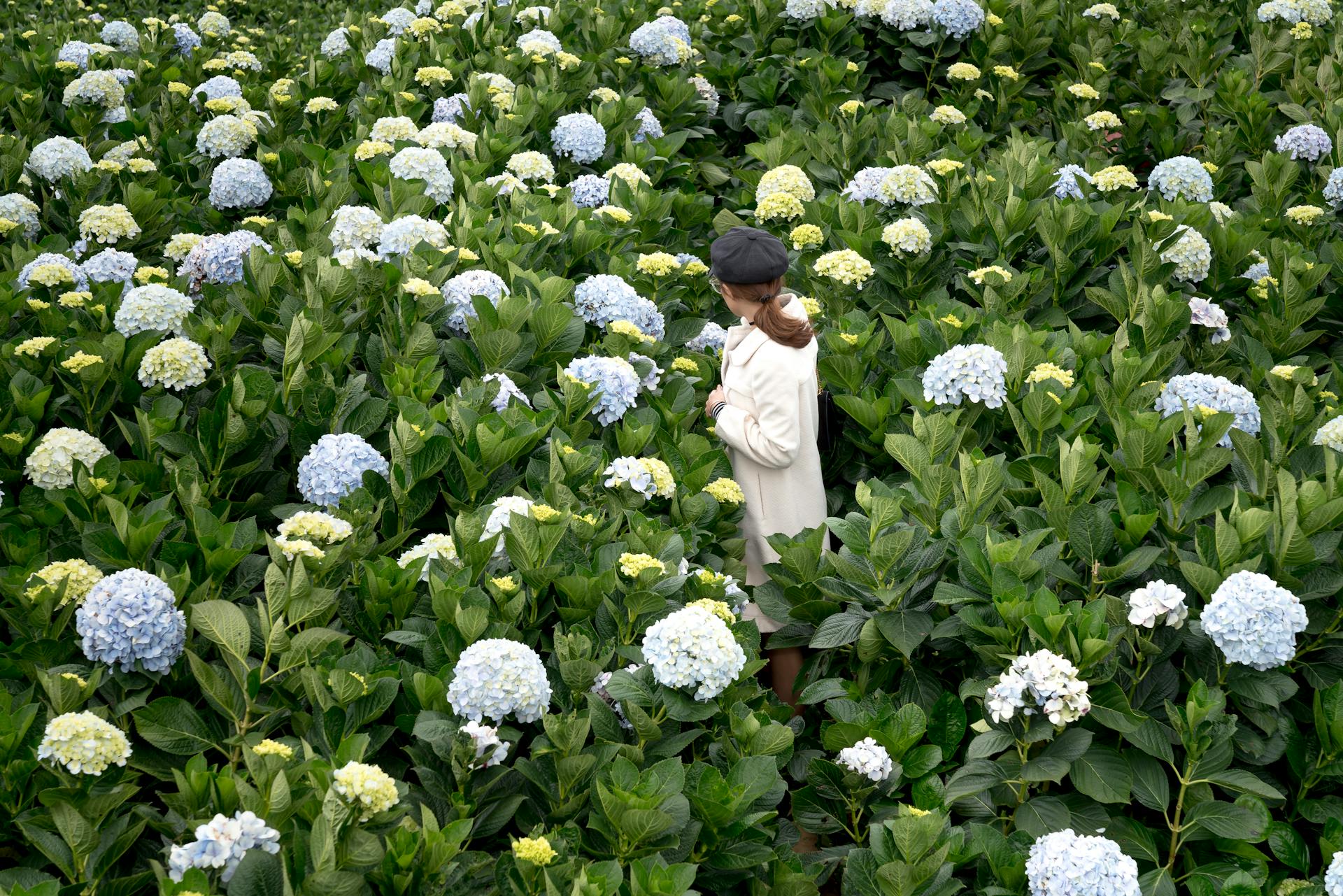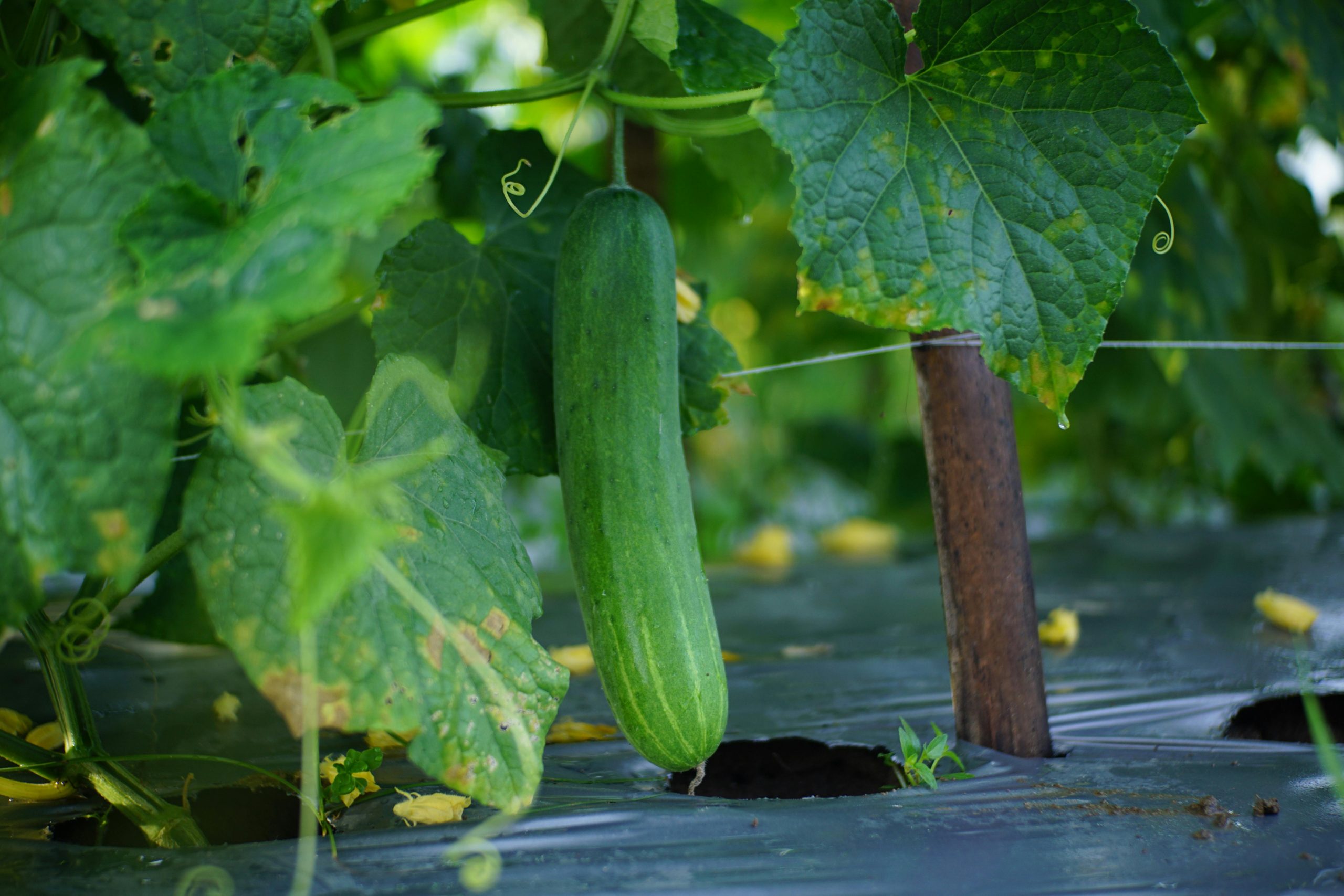Hydrangea Care: My Complete Guide to Growing Stunning, Healthy Blooms

Healthy Hydrangea Care Bloom in Garden
When I planted my first hydrangea, I thought it would be easy. Dig a hole, stick it in, water it once in a while—how hard could it be? Fast-forward a few months and I was staring at a shriveled stick where my lush shrub was supposed to be. That failure sent me down a rabbit hole of research, trial, and error, and today, I’m here to share everything I’ve learned about hydrangea care so you can grow stunning, jaw-dropping blooms without repeating my mistakes.
🌞 Finding the Perfect Spot for Hydrangea Care
The first secret to hydrangea care is simple: location, location, location. Hydrangeas love morning sun and afternoon shade, especially in hotter climates. I learned this the hard way after planting one right where it baked in the full afternoon sun—let’s just say crispy hydrangeas aren’t quite the look I was going for.
Bigleaf and mountain hydrangeas especially appreciate dappled afternoon shade, while panicle and smooth hydrangeas are tougher and can tolerate more sun. If you’re in a cooler region, full sun might actually be your friend, encouraging more vigorous flowering.
Key Tip:
- Check your hardiness zone. Most hydrangeas thrive in USDA zones 5-9, but different types vary slightly. You can find your zone using the USDA Plant Hardiness Map.
- Observe your yard throughout the day to find that sweet spot of morning light and afternoon shade.
💧 Watering for Perfect Hydrangea Care
Proper hydrangea care means watering deeply once or twice a week, depending on rainfall. Hydrangeas are thirstier than most garden shrubs, but they hate wet feet. Think “deep drink” rather than “constant drip.” Shallow watering is a rookie mistake—it encourages surface roots, making plants more vulnerable to drought.
During really hot weeks, I’ll even drag out the hose and give them a nice soak while sipping my own drink in the garden (hydrating together, if you will).
Common Watering Mistakes:
- Watering too frequently but too shallowly, which stresses the plant.
- Watering in the evening, which can invite fungal diseases. Morning watering is best!
🌱 Understanding Soil for Healthy Hydrangea Care
Hydrangeas are picky about soil—and if you get this wrong, it doesn’t matter how much you water or fertilize. They need rich, well-draining, slightly acidic to neutral soil for successful hydrangea care.
My Soil Routine:
- Mix compost or aged manure into the planting hole to improve fertility and drainage.
- Top-dress every spring with a layer of compost to keep feeding the roots naturally.
- Test your soil pH! Hydrangeas are famously sensitive to pH, affecting their flower color (especially bigleaf hydrangeas). You can get a soil test from your local Cooperative Extension Office.
Want blue blooms? Aim for a pH below 6.0.
Prefer pink blooms? Keep the pH around 6.5 or higher.
(A word of warning: changing soil pH isn’t instant. It’s a slow, steady process. Patience, grasshopper.)
🌸 Types of Hydrangeas (And Why It Matters for Hydrangea Care)
One of my biggest early mistakes was not knowing what type of hydrangea I had. Different types have different needs—especially when it comes to pruning for proper hydrangea care. Here’s a quick breakdown:
- Bigleaf Hydrangea (Hydrangea macrophylla): Famous for changing colors based on soil pH. Blooms on old wood.
- Panicle Hydrangea (Hydrangea paniculata): Tough as nails, cone-shaped flowers, blooms on new wood.
- Smooth Hydrangea (Hydrangea arborescens): Native to North America, very hardy, blooms on new wood.
- Oakleaf Hydrangea (Hydrangea quercifolia): Stunning foliage that turns red and purple in fall. Blooms on old wood.
- Mountain Hydrangea (Hydrangea serrata): Smaller cousin to bigleaf, more cold hardy, blooms on old wood.
✂️ Pruning Tips for Better Hydrangea Care
Ah, pruning—easily the most misunderstood part of hydrangea care. Get it right, and you’ll be rewarded with tons of blooms. Get it wrong…and you’ll be explaining to your neighbors why your “flowering shrub” is just a bushy green blob this year.
If your hydrangea blooms on old wood:
- Prune immediately after flowering in summer.
- Remove dead stems in early spring but leave live stems alone.
If your hydrangea blooms on new wood:
- Prune back hard in late winter or very early spring before new growth emerges.
- This encourages big, vigorous blooms.
Pro tip: Always sanitize your pruners before cutting to prevent disease spread. I wipe mine with rubbing alcohol between plants.
🛡️ Fertilizing for Lush Hydrangea Care
Fertilizer is like coffee for your hydrangeas—fantastic in the right amount, but a jittery mess if overdone. I feed my hydrangeas lightly in early spring with a balanced, slow-release fertilizer for consistent hydrangea care.
For those chasing the elusive blue flowers, I also amend with aluminum sulfate for acidification. But easy does it! Too much nitrogen results in lush, floppy foliage with few flowers (the “gym bro” of the plant world: all bulk, no performance).
🍂 Protecting Your Hydrangea Care Investment for Winter
Depending on your hydrangea type and zone, you might need to winterize. Bigleaf and mountain hydrangeas especially benefit from some TLC when temperatures drop below freezing.
My Winter Care Routine:
- Stop fertilizing by late summer to encourage dormancy.
- Mulch 3-4 inches deep around the base to insulate roots.
- In very cold areas (zone 5 or colder), I wrap hydrangeas loosely in burlap to prevent winter burn.
Pro Tip: Snow actually insulates hydrangeas against deep freezes! It’s nature’s cozy blanket.
🐛 Dealing With Pests and Problems in Hydrangea Care
Hydrangeas are fairly low-maintenance, but they’re not invincible. Here are a few common issues I’ve seen:
- Aphids: Tiny bugs that suck plant juices. Spray with insecticidal soap or a blast of water.
- Leaf Spots (Fungal): Look for brown or black spots. Improve airflow and avoid overhead watering.
- Powdery Mildew: White, powdery coating. Prune for airflow and treat with neem oil if needed.
Honestly, the biggest threat in my garden is rabbits. I’ve caught them nibbling young shoots like it’s an all-you-can-eat buffet. Netting helps!
🌿 Propagating Hydrangeas: Because One is Never Enough
One of my favorite gardening victories was propagating my first hydrangea! Here’s my go-to method:
- In early summer, cut a 5-6 inch stem below a node (where the leaf meets the stem).
- Strip off the bottom leaves and dip the stem in rooting hormone.
- Stick it into a pot filled with moist potting mix (I use a peat-perlite blend).
- Cover loosely with a plastic bag to maintain humidity.
- Keep it out of direct sunlight and wait patiently—roots usually form in 2-4 weeks.
🌸 Final Thoughts: Why I Love Mastering Hydrangea Care
Growing hydrangeas has been one of the most rewarding parts of my gardening journey. Their ability to shift colors, their massive blooms, and their reliable performance (once you understand their quirks!) make them a garden centerpiece like no other.
If you’re just starting out, don’t get discouraged if your first season isn’t perfect. Every hydrangea has taught me something new—and made my garden that much more stunning the next year. Once you master hydrangea care, you’ll wonder why you ever struggled!
For even more detailed growing guides and real-world tips, don’t forget to check out our Growing Guides and browse our Essential Gardening Tools to level up your garden game!


